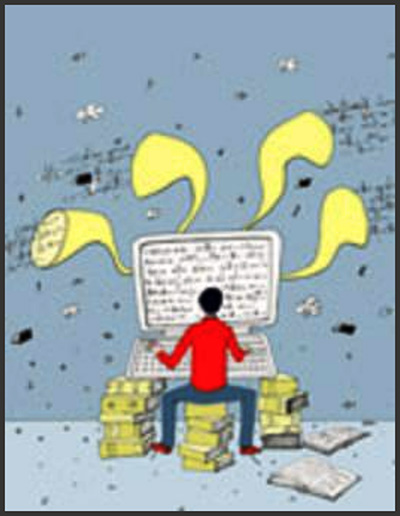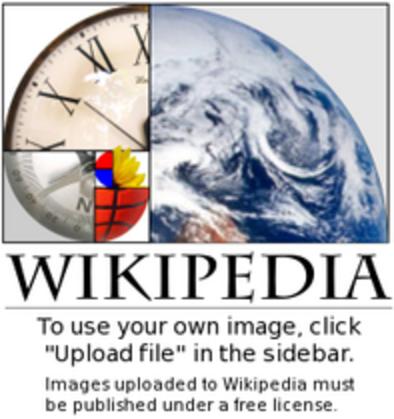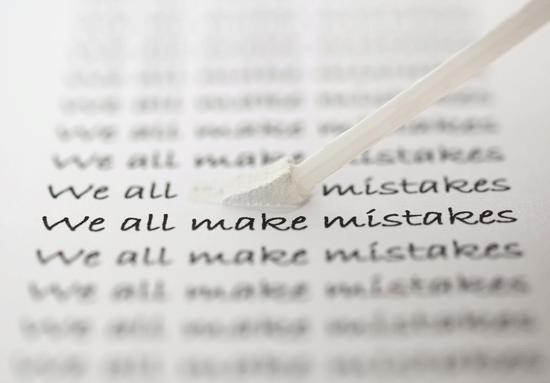|
Victor M. Ponce
|
1. "MY SHARE OF JOURNAL PAPERS"
"I have written my share of journal papers," proclaimed a colleague who had risen to the
administrative ranks of academia in the late 1970s.
Being an assistant professor at the time,
In those days, publishing in a scientific or professional journal was not for the faint of heart. First, it took a while, usually
between one to two years, for the manuscript to navigate its way through the
review process. Peer review was necessary to make sure
that the work was relevant, accurate, and duly supported.
The enduring objective of the system was to identify mistakes, if any,
prior to publication.
Errors in published work could not only be misleading, but they could also throw into question the author's
professional reputation. Furthermore, it would be impossible to retrieve or correct any errors after the customary six-month discussion-and-closure period.
The system seemed to work well for nearly a century, until technology managed to throw a monkey wrench into the process.
2. ONLINE PUBLISHING
Enter the internet, c. 1994. The internet continues to revolutionize society and business.
With the omnipresent internet, publication online has become commonplace.
The ubiquitous presence of Wikipedia is the premier example of self-publication. Unlike traditional journals, online publication by individuals is less structured, follows no definite pattern, and sticks to few rules.
Gone are the days when you had to wait one or two years for your article to see the light of day,
if you were good, lucky and determined enough to successfully sail through the review process.
Online peer review is either minimal or nonexistent, and this is seen by some as a liability in the conventional frame of things.
3. A DOUBLE-EDGED SWORD
At the outset, we recognize
that online self-publication may be a double-edged sword.
The very impermanence of online publishing is
an asset, rather than a liability. With online self-publishing,
one does not have to be extremely careful, within reason, or spend a lot of time checking the material through peer review or other means, because
one can correct the material on-the-fly, when alerted by others to errors or omissions,
and human nature will ensure that this always happens.
Thus, online documents are bound to improve with time, as a good wine would do.
Correction is something one could not do with the old system.
Hitherto, once the material saw the light of day in print, it could not be fixed. Right or wrong, it would remain forever in the archives of human knowledge.
It is not difficult to realize that many an author who erred
saw him/herself defending the error or choosing to forget that it ever existed,
in the belief that the alternative, a public acknowledgement and subsequent embarrasment, could end up killing the patient.
4. THE AGE OF IMPERMANENCE
The new online publication experience does away with the problem of the permanence of errors and omissions.
From now on, things can be fixed and, thus, online publications
are poised to take on a life of their own. Technically, they are never finished;
they can always be improved, complemented, or
seen in an ever evolving perspective.
Thus, they are truly dynamic, some may say "alive," a characteristic that could not be ascribed to the old print journals archived in the conventional libraries.
To those that may interpret our remarks as an advocacy for change, it is necessary to remind them that we have only stated current trends.
As the immortal Machiavelli put it: "In human affairs, one always finds that, bound with what is good, there is some bad, and it would seem impossible
to have one without the other."




1 Ponce, V. M., and D. B. Simons. (1977). Shallow wave propagation in open-channel flow.
Journal of the Hydraulics Division, American Society of Civil Engineers, Vol. 103, No. HY2, December.
2 Ponce, V. M., A. T. Shamsi, and A. V. Shetty. (2003).
Dam-breach flood wave propagation using dimensionless parameters. Journal of Hydraulic Engineering, American Society of Civil Engineers, Vol. 129, No. 10, October.
3 Machiavelli, N. (1970). The Discourses: Book III, Discourse 37. Penguin Books (First released in the Italian original in 1531).
